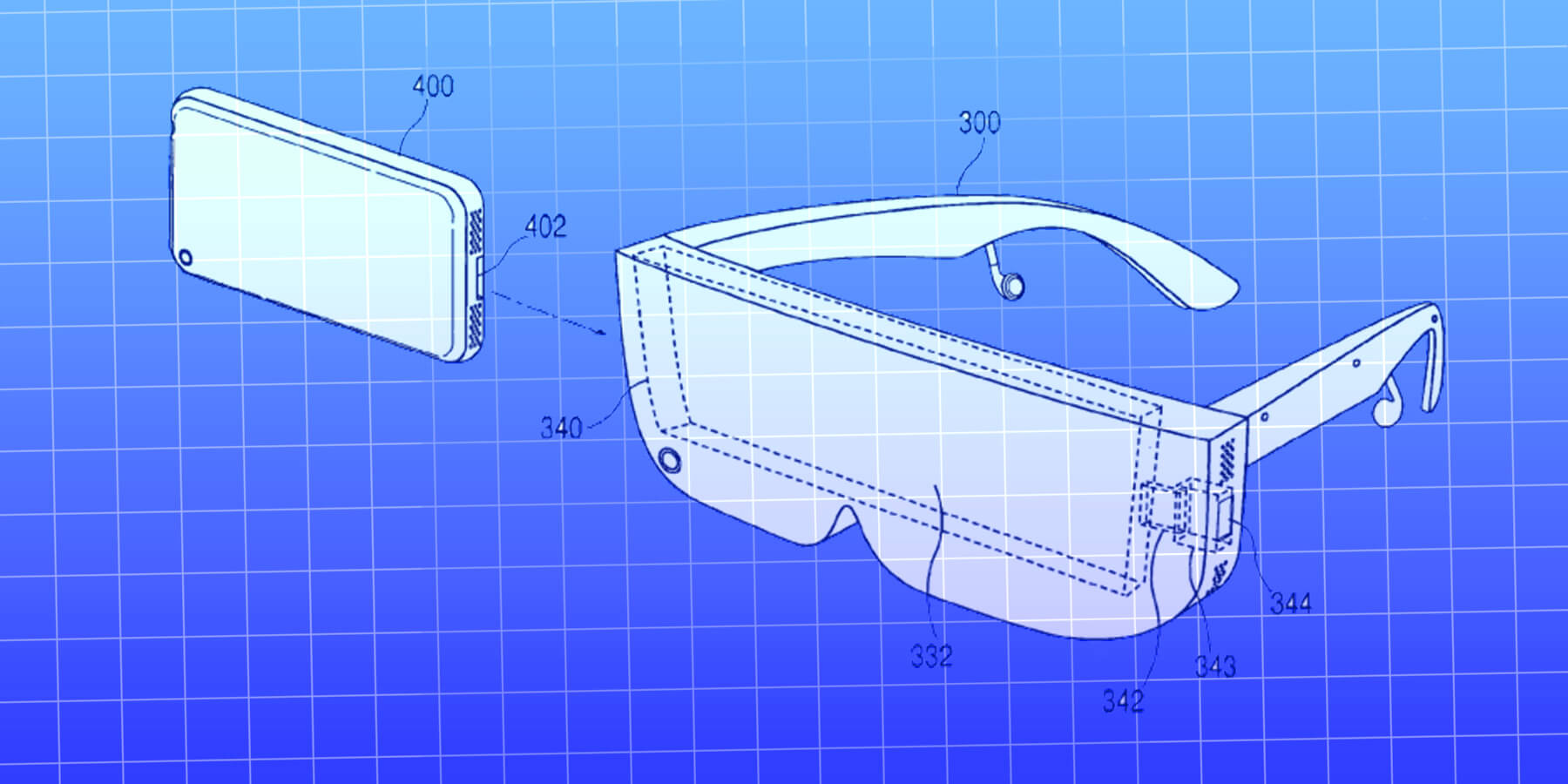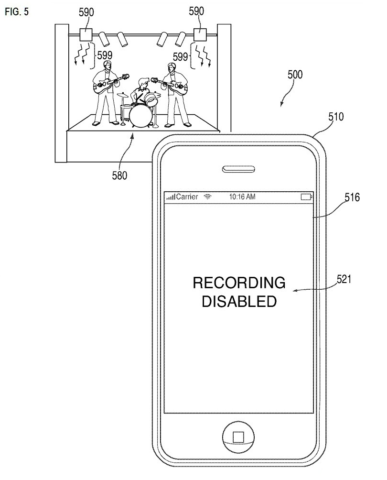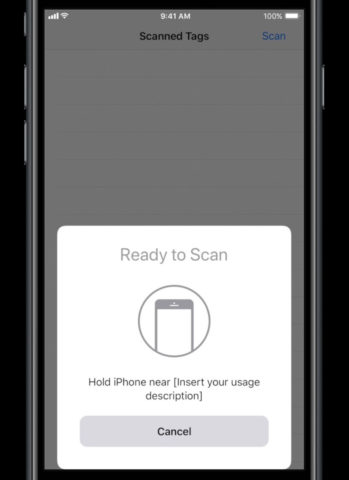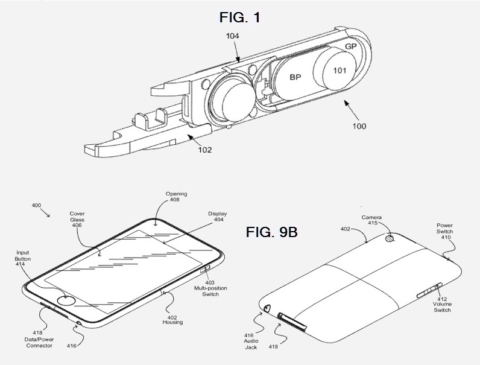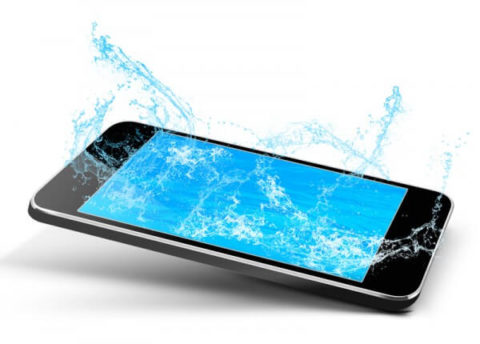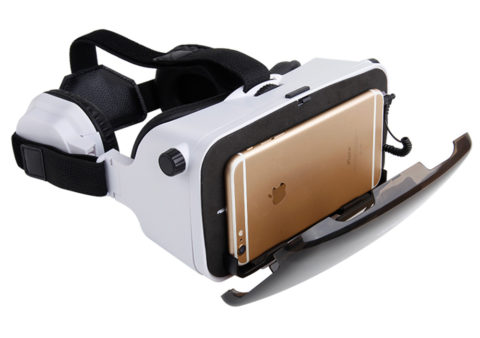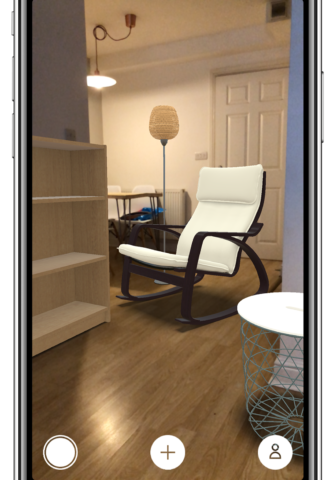Patents can be a good indicator of what a company is researching, as it looks to protect its intellectual property in case an idea makes the grade. But it’s not always such a good predictor of the future, with plenty of genius-on-paper suggestions hitting the cutting room floor at the development stage – especially when it comes to Apple, who try out a lot of ideas before plucking a select few for eventual release.
Still, no harm in making a few guesses, eh?
And guess we did. In 2016, we wrote an article that made a series of predictions for the future of iPhone, based on the patents Apple had filed to protect its ideas. All these ideas seemed futuristic back then, but some of them are commonplace these days – while others remain light years from reality.
Now, five years on, let’s revisit a few of those forecasts to see just how embarrassingly off the mark we were.
Infrared camera
What we thought then (2016):
The idea is for a system that can transmit and detect data via infrared light, and has caused a bit of a stir in the media recently due to the fact that one of its possible uses is to block iPhone users from using their camera while at a concert or movie screening. While some have praised the thought of attending a show where people concentrate on the live performance rather than holding their phones aloft to film the experience for later, many others are worried about the repercussions of a technology that can remotely disable device features against the user’s will.
In reality, if this technology ever saw the light of day it would more likely be used at exhibitions and museums to display additional information about a painting or artifact when the user approaches it.
How realistic did we think this idea was? 3/10
What we know now (2021):
Obviously, there is no iPhone technology that utilizes infrared to remotely disable functions. Or… is there?
The Face ID rig includes an infrared sensor, which (among other things) is used to check whether you’re paying attention to your device. If the Attention Aware feature spots you looking at the screen, it can disable things like the display auto-dimming or the device locking entirely. You can also set notifications to only show their full text once Face ID is happy you – specifically you – is looking at the screen.
As for the idea that this tech could be used to grab extra info from real-life objects? The inclusion of easy QR scanning, NFC reading, and App Clip Codes mean there’s not much point in another solution – especially such a cumbersome one.
How accurate was our prediction? 5/10
Waterproof iPhones
What we thought then (2016):
There have been a fair few patents relating to waterproofing over the years, and we think it’s only a matter of time until Apple decide to put one of them to use. Several competing smartphones already claim to be waterproof and, though it’s not officially labeled as such, the current generation Apple Watch can survive a dip pretty well too.
Several different ways to protect the internal circuitry have been patented, from hydrophobic coatings to silicon seals to liquid repellent nano-coating. You never know, with the rumored removal of the 3.5mm headphone jack we may even see some of these waterproofing technologies in action as soon as the iPhone 7…
How realistic did we think this idea was? 9/10
What we know now (2021):
This feels like an absolute no-brainer this days, but back in the era of the iPhone 6s when this was written, you still had to be seriously careful around water – a far cry from Apple’s current stance, practically encouraging you to be negligent around liquids in its “Cook” advert. (Even though liquid damage is still not technically covered under Apple’s standard warranty.)
As it happens, the iPhone 7 was the first iPhone with an IP67 rating, meaning it’s splash, water, and dust resistant with the ability to (in theory) survive a dunking up to 1m deep for up to 30 minutes. Those ratings soon got bumped to varying degrees of the IP68 standard, with the latest iPhone 12 series able to go 6m deep for up to 30 minutes. Apple also says the last three years of iPhone models are resistant to spills from common drinks like sofa, beer, coffee, tea, and juice.
Finally? Those rumors about the removal of the headphone jack were pretty spot on, weren’t they?
How accurate was our prediction? 10/10
Virtual Reality headset
What we thought then (2016):
Apple is rumored to be pretty interested in virtual reality (VR) – a field which is really starting to come to the fore in 2016 with the launch of multiple competing VR headsets. Though Apple wouldn’t dare admit it publicly, the company has made some pretty notable hires and acquisitions over the last year that point towards VR research – including a motion capture firm that worked on Star Wars – and Tim Cook is on record saying he thinks the technology is “really cool.”
Add all that to the fact that Apple has even patented its own virtual reality headset, complete with a smartphone-shaped slot to use your iPhone as a screen à la Google Cardboard, and we think this could be yet another in the long line of markets Apple enters late and goes on to dominate.
How realistic did we think this idea was? 5/10
What we know now (2021):
Curses! Just a single letter off. Apple turned out to be much more interested in AR than VR, with Reality resolutely Augmented rather than Virtual. That means integrating stuff into your real surroundings rather than pulling a whole world out of thin air. Apple’s ARKit may not have gained quite the traction it hoped, but it’s far and away the best implementation of AR on mobile – especially with the LiDAR scanners built into some of Apple’s top tier devices.
That said, even five years on the VR headset rumors refuse to die – we see them crop back up like clockwork pretty much every year, so don’t discount the possibility just yet.
How accurate was our prediction? 3/10
